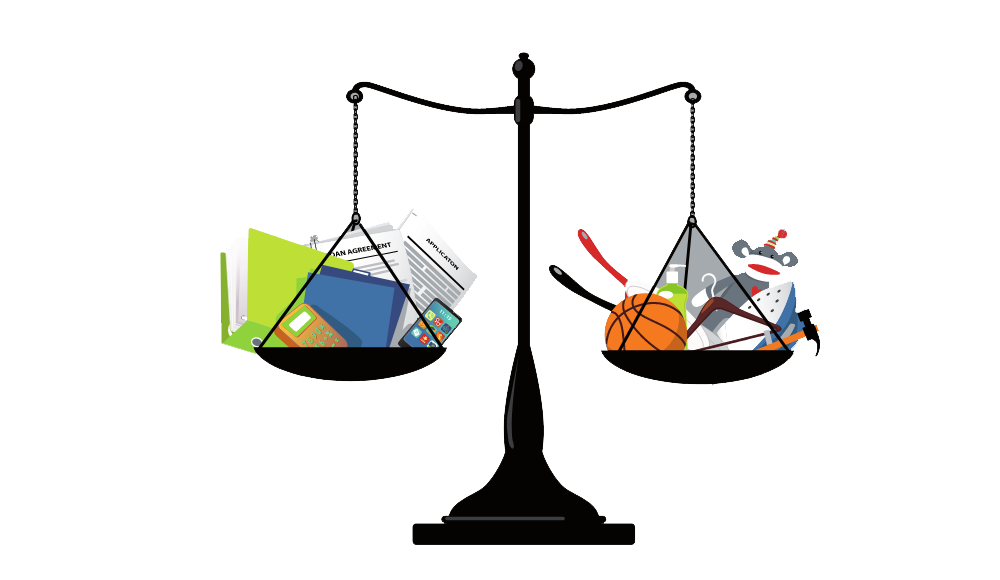
Is the work-life balance still a thing?
Previous days in the office, pre-Coronavirus made a good work-life balance plausible.
Balancing parenthood, leaving your work worries at the door, and only being expected to focus on work only when in the office may for many of us seem like a distant memory. The option to take annual leave when needed enabled a healthy work-life balance and it was only the victims of the ‘always on’ culture who suffered.
Following the post-coronavirus age, however the work-life balance has blurred dramatically. Remote living, working and operating in the same space, as well as caring for vulnerable family members and young children leads into the temptation of working outside of the working day due to a lack of definition. All of this is a threat to both mental and physical wellbeing of employees, not even taking into account the detrimental effects of living alone and the isolation working and living alone may bring.
Consequently, some of the main parts of a work-life balance don’t apply anymore. Great company benefits include paid-time off, flexible working hours, parental leave and gym credits. Due to COVID-19 there has a shift. For example, annual leave was once used to be distance between you and your job, however with the forever changing rules of the fly or no fly lists, holidays are considered risky and out of bounds, hardly a relaxing option. Whilst a ‘staycation’ offers a good compromise, working from home means that the gap between work and holiday is somewhat blurred.
Some employees are taking note of the potential harm this could cause and integrating anti-burnout measures into their daily schedules, for example, SurveyMonkey has an unlimited leave policy where employees decide how many annual leave days they should take. Another good example is Slack, who every month get a Friday off all together, forcing employees to take more downtime to account for the higher stress they are under. They also have a top-down policy, when the CEO took a week off he encourage managers beneath him to do the same. Lead from the top down is very much the culture and if your leaders aren’t taking time off, it doesn’t set a very good example about time off.
Some are readdressing the concept of work-life balance by simply integrating anti-burnout measures into their daily schedules. For example, SurveyMonkey has an unlimited leave policy called ‘responsible paid time off’, where employees decide how many vacation days they should take. Such policies, however, can sometimes cause workers not to take time off, rather than risk being seen as taking too much.
Another key example is Slack. Since April, all of Slack’s employees get a Friday off together once per month – a change the company says it’s keeping until the end of the year (and which works because its employees are spread over different global regions). This, the company said, forces employees to take more downtime to account for their higher stress.
It’s hard to tell at the moment whether life will return to some form of normality in the new future and if the work-life balance will still apply. Data from the Office for National Statistics has found that the majority of employees want to readdress the amount of time they spend in the office, meaning regardless of what the world looks like, things have changed and leaders need to consider what this means for the health and wellbeing of their employees.